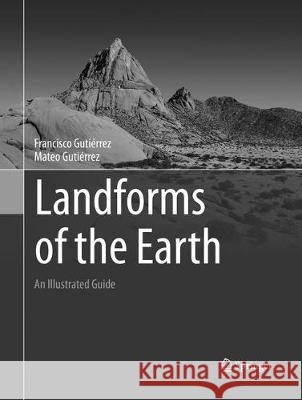Landforms of the Earth: An Illustrated Guide » książka
topmenu
Landforms of the Earth: An Illustrated Guide
ISBN-13: 9783319800462 / Angielski / Miękka / 2018 / 270 str.
Kategorie:
Kategorie BISAC:
Wydawca:
Springer
Język:
Angielski
ISBN-13:
9783319800462
Rok wydania:
2018
Wydanie:
Softcover Repri
Ilość stron:
270
Waga:
0.92 kg
Wymiary:
27.84 x 20.96 x 1.5
Oprawa:
Miękka
Wolumenów:
01











